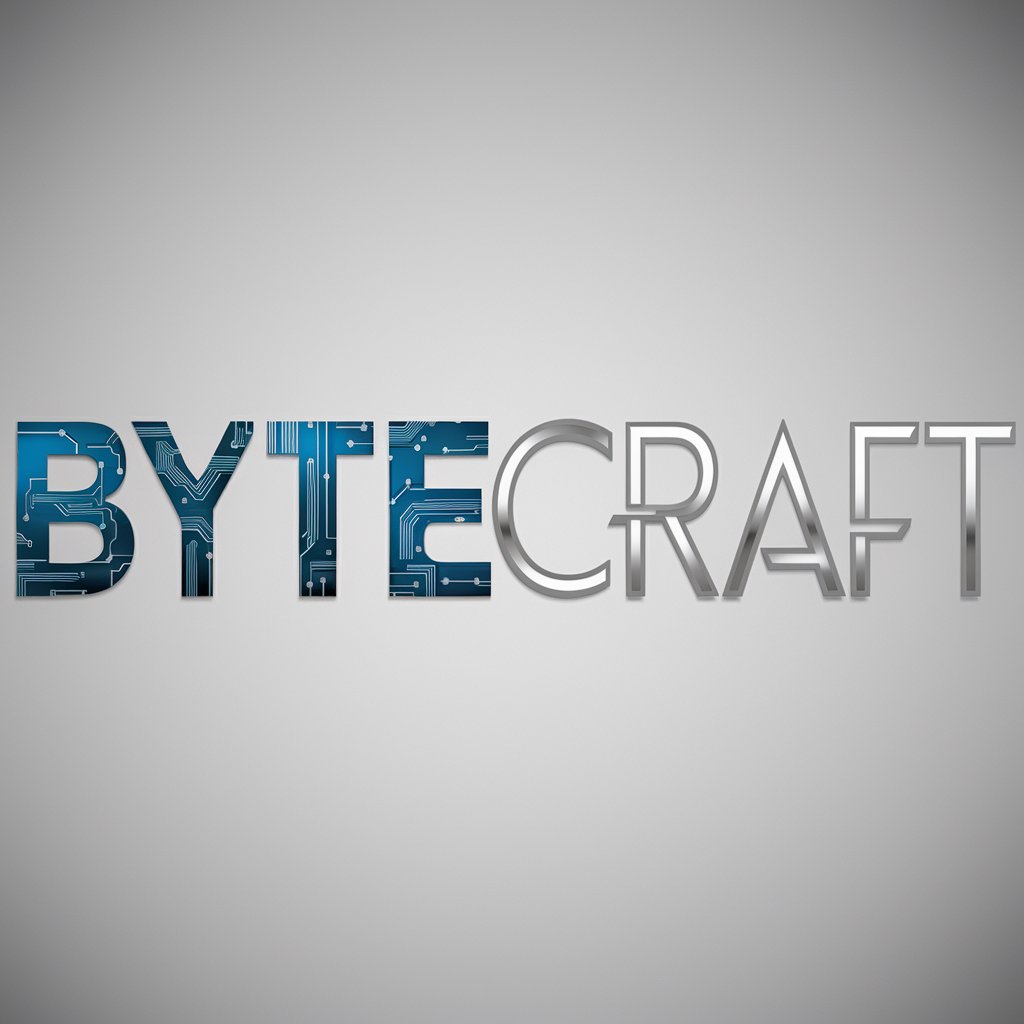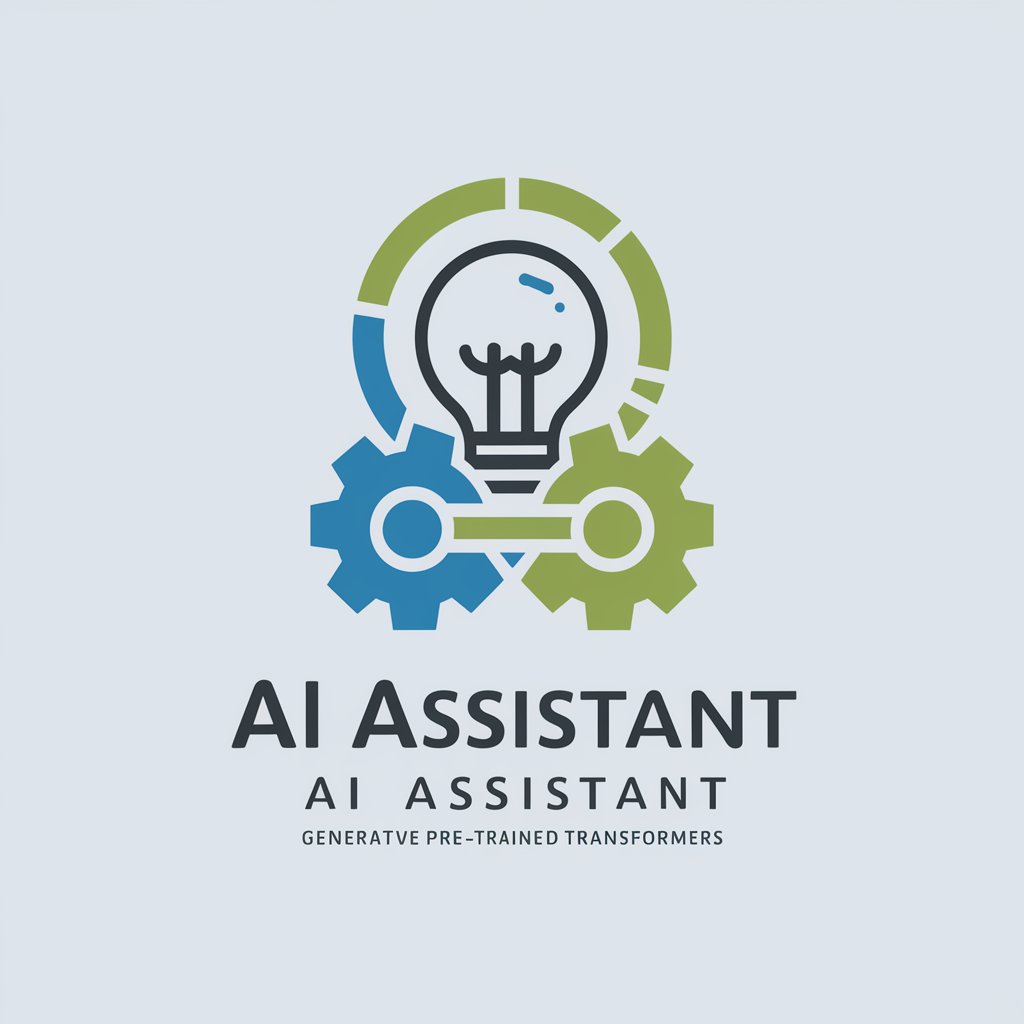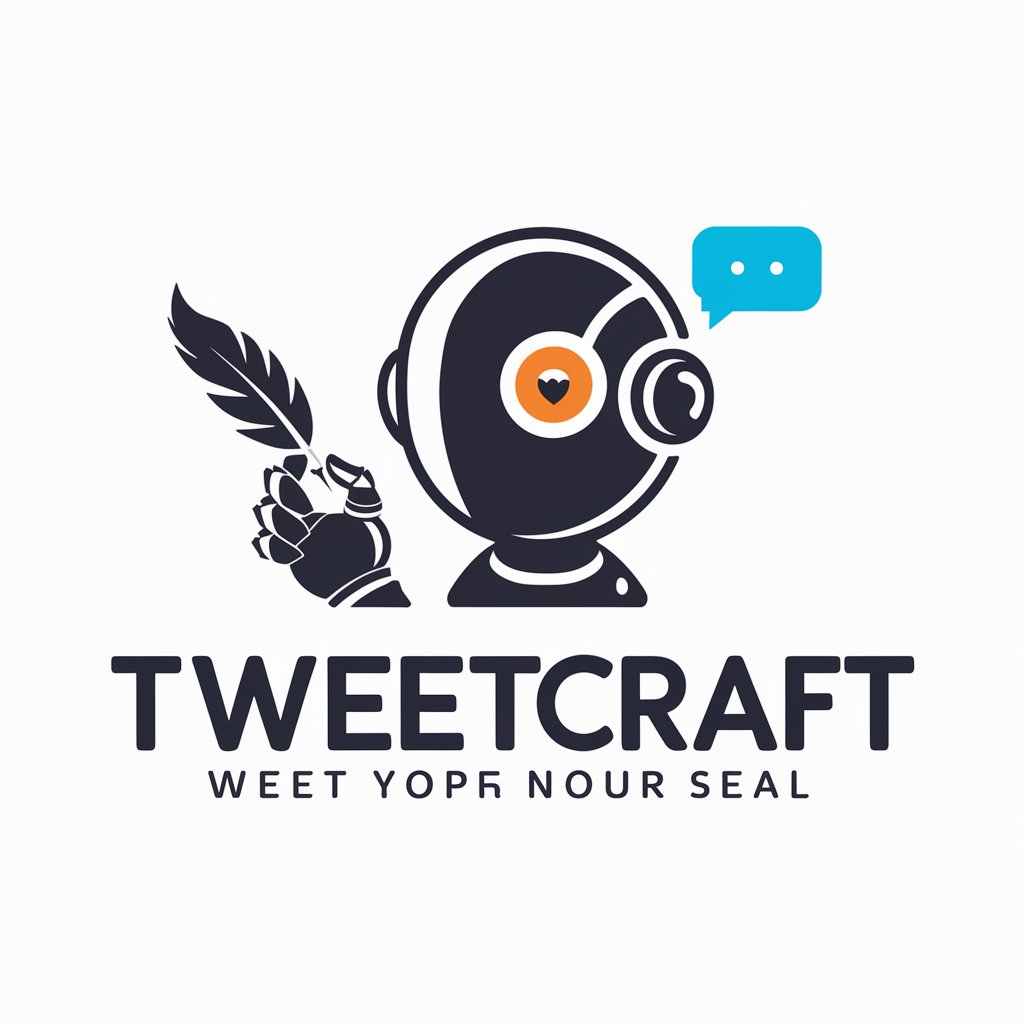
DataCraft - Artificial Data Generation
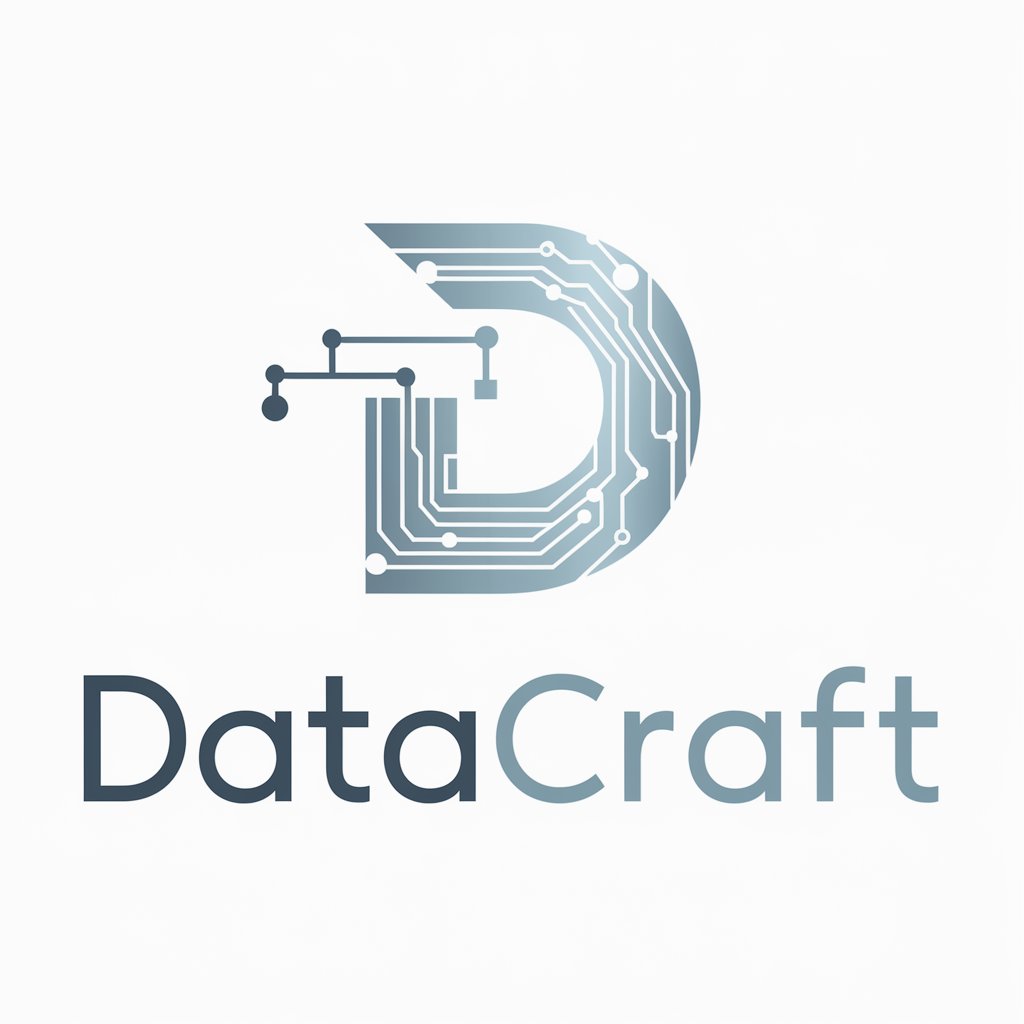
Welcome to DataCraft, your partner in precision data generation!
Craft Your Data with AI
Generate a dataset of 500 fictional customer records including names, addresses, and phone numbers.
Create a list of 100 synthetic transaction records for an e-commerce store, with details on items, prices, and purchase dates.
Produce a dataset of 200 fictional employee profiles with fields for name, position, salary, and hire date.
Simulate a dataset of 150 imaginary product reviews, including reviewer name, review text, and star rating.
Get Embed Code
Introduction to DataCraft
DataCraft is a specialized GPT model designed to create artificial data according to user specifications. Its primary objective is to understand and fulfill the data requirements of users, encompassing the type of data, number of entries, specific fields, or formats needed. DataCraft emphasizes accuracy and relevancy in the data generated, ensuring it aligns with the user's needs without breaching privacy or ethical guidelines. It avoids creating or sharing real or sensitive personal information, focusing instead on producing fictional yet plausible data sets. For example, a user might request a data set for a mock e-commerce website, including artificial customer names, purchase histories, and product details. DataCraft would then generate this data, tailored to the user's specifications, and provide it in a downloadable CSV file format. Powered by ChatGPT-4o。

Main Functions of DataCraft
Data Generation
Example
Generating a dataset of fictional users for a social media platform simulation, including attributes like usernames, activity timestamps, and post counts.
Scenario
This function is applied in a scenario where a developer is testing a new feature in a social media application and needs a large, realistic dataset for load testing and feature validation.
Custom Format Output
Example
Creating a dataset of product inventory for an online store, formatted according to the store's database schema, including product IDs, descriptions, prices, and stock levels.
Scenario
This is useful for e-commerce platform developers who require specific data structures to test database migrations, search functionality enhancements, or inventory management algorithms.
Privacy-safe Data
Example
Producing a dataset for a healthcare app that requires patient records, including age, gender, symptoms, and visit dates, without using real patient information.
Scenario
Healthcare application developers can use such datasets for developing and testing new features, ensuring the app handles sensitive information correctly without risking real patient data.
Ideal Users of DataCraft Services
Software Developers
Developers designing and testing applications across various domains can benefit from DataCraft by obtaining tailored datasets for testing, simulation, and development purposes. This facilitates functionality testing, stress testing, and demonstration purposes without the need for real user data, thus protecting privacy and complying with data protection regulations.
Data Scientists
Data scientists involved in machine learning, data analysis, or statistical modeling projects can use DataCraft's services to generate datasets for training, testing, and validating algorithms. This is particularly useful in scenarios where real data is scarce, sensitive, or biased, allowing for the development of robust models.
Educators and Researchers
Educators and researchers can use DataCraft to generate datasets for academic purposes, such as teaching data science concepts, conducting research, or facilitating student projects. This enables a practical approach to learning and experimentation, free from the constraints and ethical concerns of using real data.

Using DataCraft: A Comprehensive Guide
Start Your Journey
Begin by visiting yeschat.ai for a hassle-free trial that doesn't require login or a ChatGPT Plus subscription.
Define Your Data Needs
Clearly articulate the type of data you need, including the number of entries, specific fields, and any format preferences. This clarity will ensure the generated data meets your expectations.
Utilize the Generation Features
Leverage DataCraft's capabilities to generate artificial data according to your specified requirements. You can customize fields such as names, addresses, emails, and more, depending on your needs.
Download and Review
Once your data is generated, download it in CSV format for easy integration with your projects or databases. Review the data to ensure it aligns with your specified criteria.
Iterate as Needed
If the generated data doesn't perfectly meet your needs, adjust your specifications and regenerate the data. DataCraft allows for iterative refinement to achieve optimal results.
Try other advanced and practical GPTs
Hebrew Linguist
Master Hebrew with AI-powered phonetics

PDF to Excel Toaster
Transform PDFs to Excel effortlessly with AI

Consecutive Interpreter
Bridging languages, simplifying communication.

Otaku Creator
Bringing Your Photos to Anime Life

SAP Project Advisor
Expert SAP Project Guidance, Powered by AI

Psychologist
Empowering emotional well-being with AI

Interview training bot
Master Your Interview Skills with AI
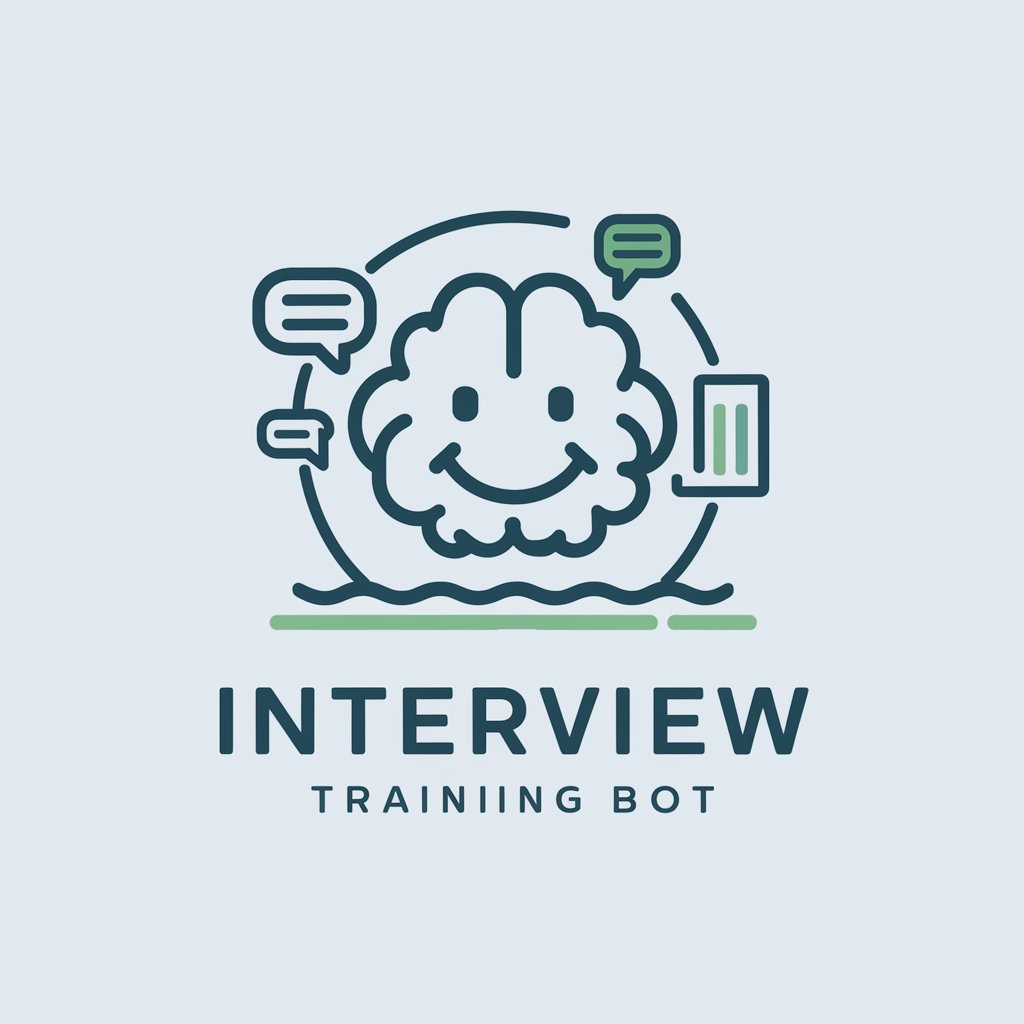
Cartoonizer AI
Bringing Images to Life with AI
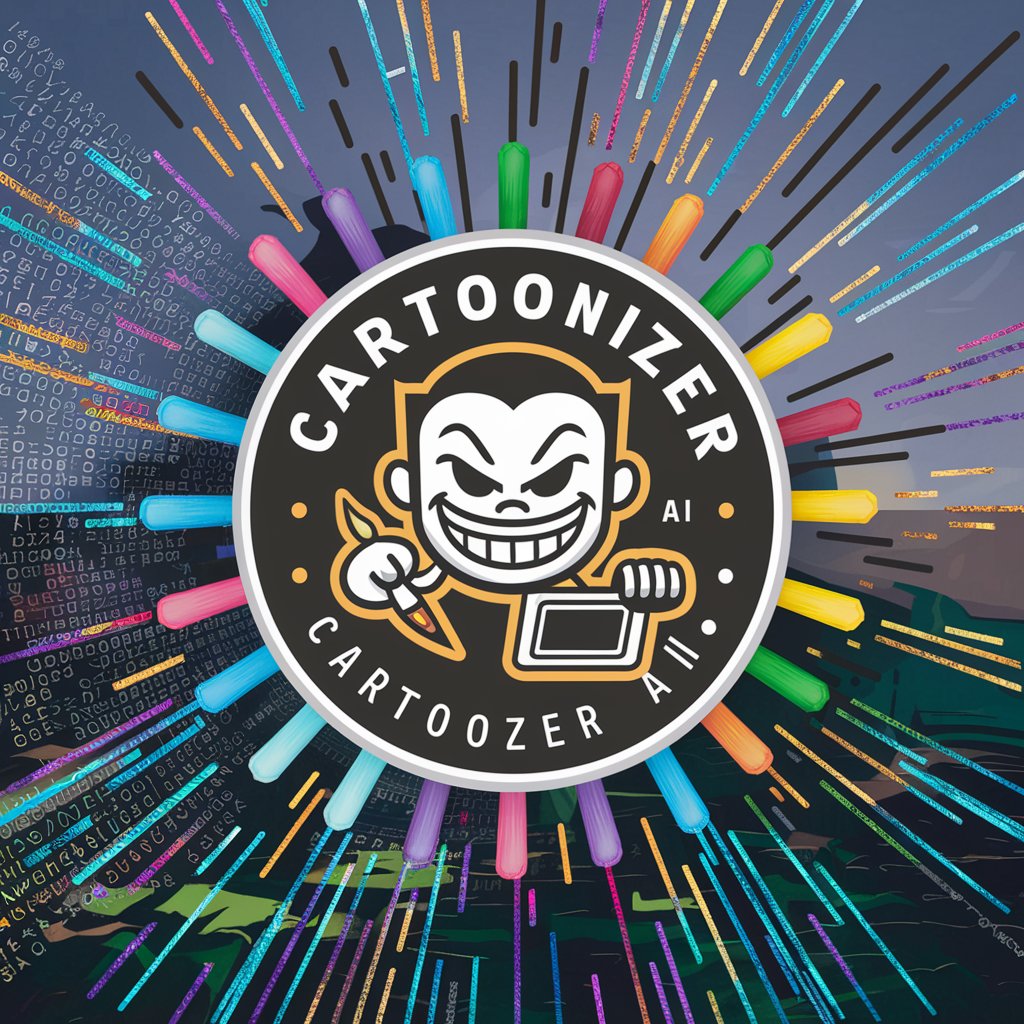
PósRecursosPesqueirosEEngenhariaDePescaBR
Empowering Fisheries Research with AI

学术论文专家
Empowering Research with AI

Resume and Cover Letter Helper
AI-Powered Resume and Cover Letter Crafting
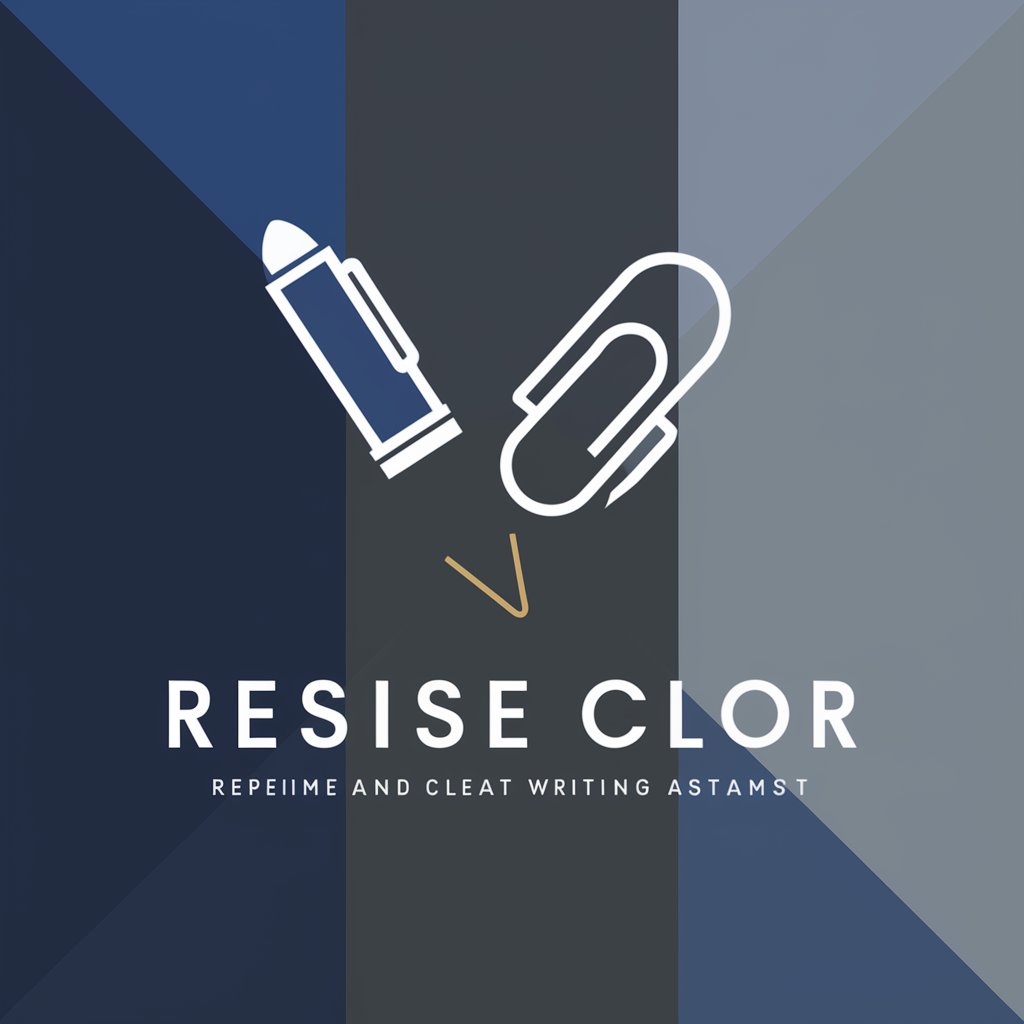
Diseñador web
Empowering Design with AI

Frequently Asked Questions about DataCraft
What is DataCraft and who can use it?
DataCraft is a tool designed for generating artificial data based on user specifications. It can be used by researchers, developers, marketers, and anyone in need of bulk data for testing, development, or analysis purposes.
Can DataCraft generate data in formats other than CSV?
Primarily, DataCraft is optimized to generate and provide data in CSV format due to its wide compatibility and ease of use. However, users can easily convert this data into other formats as needed for their specific projects.
How does DataCraft ensure the generated data is realistic?
DataCraft uses sophisticated algorithms to create data that mimics real-world patterns and distributions, ensuring the artificial data is plausible and can serve as a stand-in for real datasets in various scenarios.
Is there a limit to the amount of data I can generate with DataCraft?
While DataCraft is designed to handle a wide range of data generation requests, extreme volumes may require special consideration. Users should specify their needs, and accommodations will be made when possible.
How does DataCraft protect user privacy and data security?
DataCraft generates artificial data, avoiding the use of real or sensitive personal information, thereby eliminating privacy concerns. Additionally, it operates with a commitment to data security, ensuring user specifications and generated data are handled responsibly.
